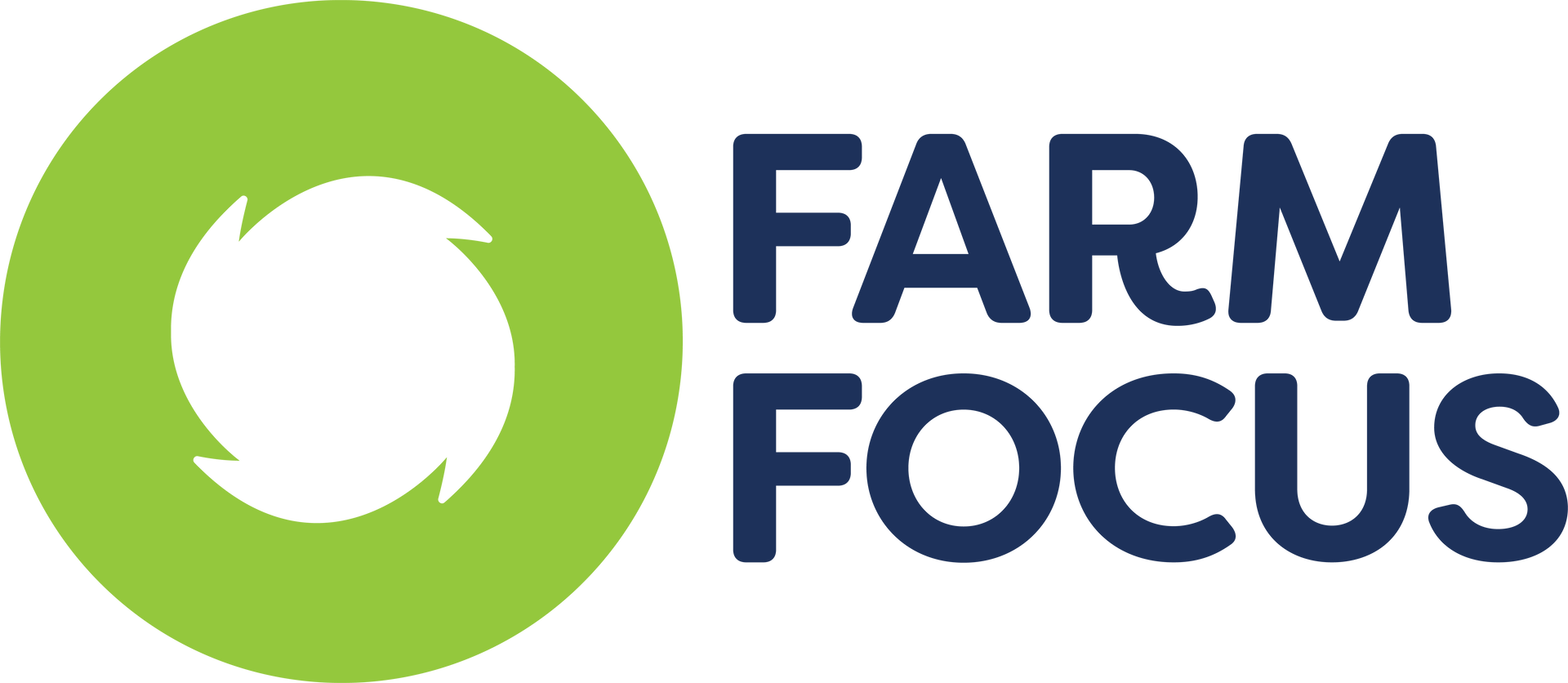Shareholder Current Account explained
The shareholder current account is essentially a loan either to or from the company. Often when companies begin the shareholder pays up the share capital of $1,000 and the balance of the needed capital for the business is a shareholder advance. A loan to the company to allow the company to trade, think working capital.
This loan to the company at the beginning is the opening entry in the shareholder advances account (current account). During the life of the company, dividends or shareholder salaries declared to the shareholder can increase the current account. The current account can be reduced by drawings from the company.
Overdrawn Current Account
A common concept that is misunderstood by business owners is the concept of drawings. In its simplest form, drawings are cash taken from the business for personal use. Drawings are not a tax-deductible expense of the business. However, if you take drawings as a shareholder of a limited liability company, you cannot take out more than you have put in. Otherwise, this is known as an interest free loan and FBT is payable. Not a great outcome!
As a shareholder (if you are not already receiving a PAYE salary or wage) you may take drawings in lieu of wages during the year out of the profits of the business, then when the annual accounts are completed and the companies profit is determined, a salary will need to be paid to cover any drawings. The shareholder will be liable for tax on this amount in their personal income tax return. Care must be taken not to take more in drawings than the company is making. This may leave you in the position of an overdrawn current account where either FBT is payable or the company must charge you interest, which is taxable income to the company at 28 cents and not a tax deductible expense to the shareholder.
We find this a confusing discussion point with many business owners, who see their drawings from the business as wages. They are only wages, if a salary is declared and paid from the company's profit. However, if the company did not make any profit, it is not in a position to pay a salary and you will end up with an overdrawn current account.
To fix an overdrawn current account there are three ways. The first is to repay the loan from the company - that is put the money back. Secondly, the company needs to earn a profit to allow an increased shareholder salary to be paid. Finally, by declaring a dividend. However, this will be limited to any retained earnings or past capital gains and the company must be solvent both before and after a dividend or shareholder salary declared.
The advice in this article is general in nature and there are specific Income Tax Act 2007 and Companies Act 1993 legislation (read fishhooks) that need to be avoided depending on your individual circumstances. For advice on your specific situation, call the writer for a discussion.







